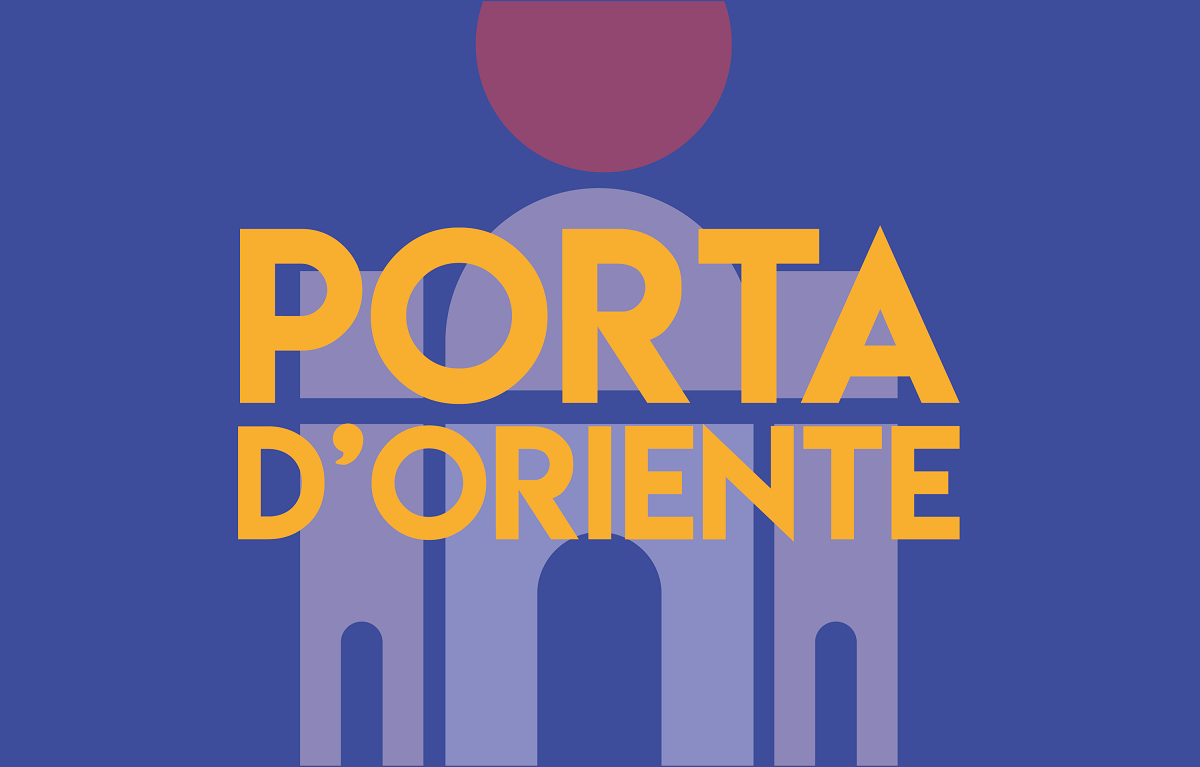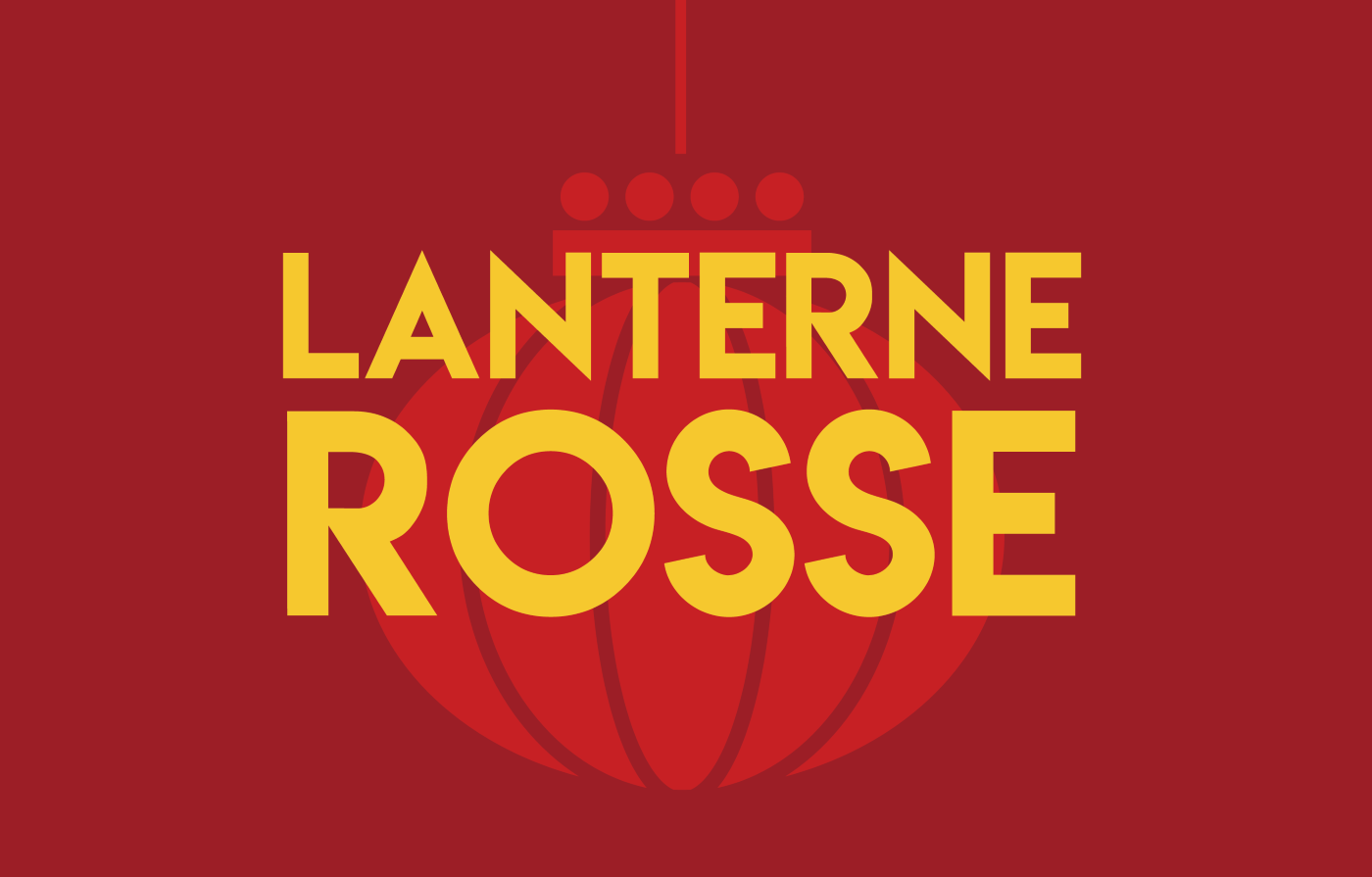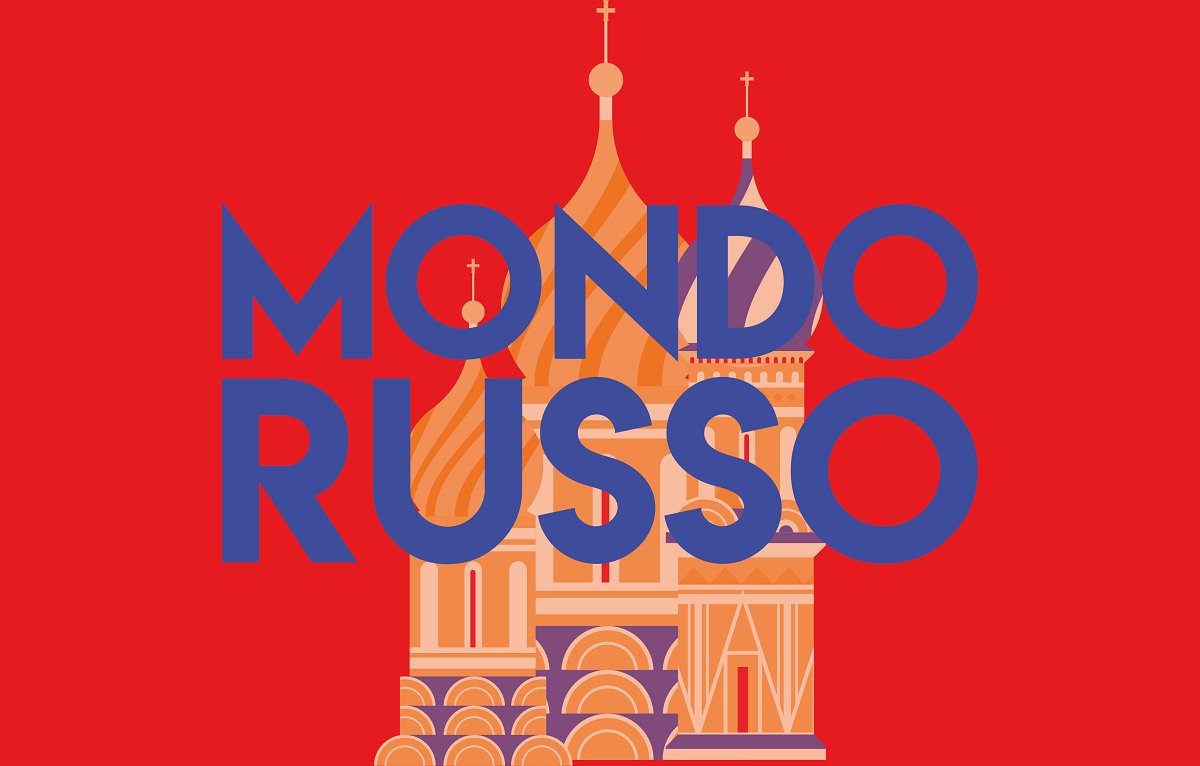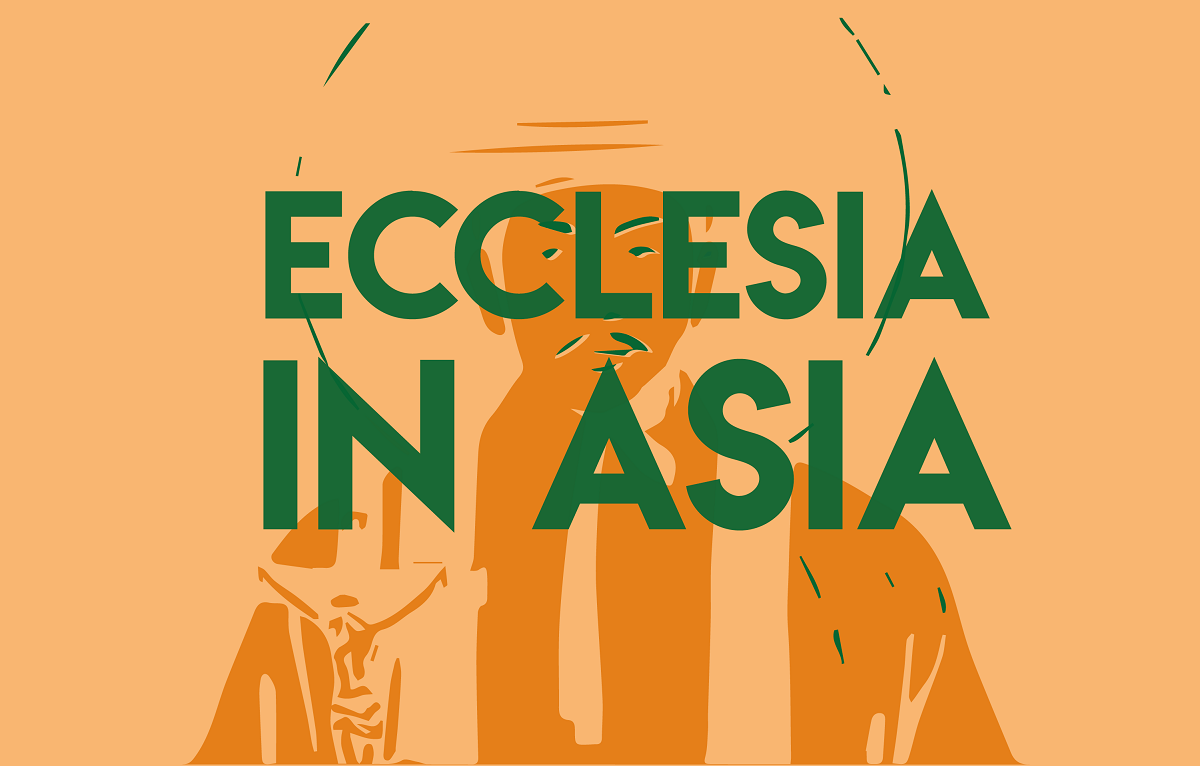The Chinese Church is now a Church by and of the Chinese
An international symposium in Hong Kong marks the centennial of the consecration of six Chinese bishops in Rome in 1926, a milestone in the inculturation of Chinese Catholicism and the subsequent experience of native cardinals.
Hong Kong (AsiaNews) – An international symposium titled Centennial of the Consecration of the Six Chinese Bishops in Rome (1926) – The Indigenization of the Chinese Catholic Church and the Rise of Chinese Cardinals was held at the Hong Kong Baptist University on 11-12 August, attended by nearly 20 scholars from mainland China, Hong Kong, Macau, the United States, Austria, Czechia, Italy, and other countries.
On this occasion, Hong Kong Baptist University and the Catholic Diocese of Hong Kong also opened to the public their precious archival materials, offering a firsthand look at the tortuous process of inculturation of the Church in China over the past hundred years and its social impact.
On 28 October 1926, Pope Pius XI personally consecrated the first six Chinese bishops in St Peter's Basilica in Rome, a symbolic event in the process of inculturation of the Catholic Church in China.
The symposium was structured around four major themes, namely the process of Inculturation, Chinese cardinals, the lives and challenges of individual bishops, and overall assessment of the inculturation movement, thoroughly exploring the historical and cultural significance of that crucial moment for the Church in China, Chinese society, and the dialogue between Eastern and Western civilisations.
Professor Anthony E. Clark of Whitworth University (US), in his talk entitled Resurgam (I Will Rise Again), presented for the first time recently digitised documents that reveal the dynamics behind key historical events like the Council of Shanghai in 1924, the consecration of bishops in 1926, and the establishment of the Church hierarchy in 1946.
Case studies focused on the historical mission and contributions of Chinese cardinals such as Thomas Tien Ken-sin, Paul Yu Pin, Paul Shan Kuo-hsi, and Ignatius Gong Pin-mei.
Prof Paul Mariani of Boston College and Prof Cindy Yik-yi Chu of Hong Kong Baptist University addressed the limitations and achievements of Church leaders in specific historical contexts in their latest work, titled respectively China's Church Divided: Bishop Louis Jin and the Post-Mao Catholic Revival, and Cardinal Tong Hon: Renewal in the Tradition of the Hong Kong Church.
Professor Chu, who was the symposium coordinator, emphasised that the consecration of the six bishops represents a crucial step in the history of the Church, thus studying subsequent Chinese cardinals is a tribute to their predecessors and offers a reference for the identity of the Chinese Church today.
The scholars present discussed in depth the motivations for inculturation and the legacy of Chinese bishops and cardinals. Prof Zhou Pingping of Tongji University argued that the inculturation movement of the 1920s was the result of the interaction between Chinese social changes and religious adaptation, which promoted dialogue between Catholicism and Chinese culture, and enfeebled the label of “foreign religion”.
Prof Franz Gassner of the University of Saint Joseph (Macau) and Dr Magdaléna Rychetská of Masaryk University (Czechia) stressed that, in times of war and social chaos, Chinese bishops maintained Church tradition through a simple life and devout prayer, developing local missionary strategies inspired by the constitution of the universal Church, maintaining a "Chinese and Catholic" identity, which left a precious legacy to today’s Chinese Church.
Some scholars also underscored that today's "Chinese Catholic Church" encompasses at least four distinct ecclesial entities, i.e. mainland China, Hong Kong, Macau, and Taiwan, while in the 1920s it was still a unified entity.
The consecration of Chinese bishops, which occurred in a context of political transition and growing nationalism, demonstrates that the Church kept the evangelical spirit without allowing herself to be politically exploited, a sign that the driving force and agent of inculturation came from within the Church herself.
Symposium participants agree that, a hundred years later, the Catholic Church in China is now a Church by and of the Chinese. However, the Chinese bishops of that time were polyglots, deeply aware of the reality of the universal Church and society, and capable of constructive dialogue with political forces and social groups – skills that, together with simplicity and fidelity, contributed decisively to the process of inculturation.
Naomi Thurston of the Chinese University of Hong Kong noted that current historical studies of Catholicism and Protestantism are influenced by global academic flows: patterns of cultural exchange, post- and anti-colonial discourses, global history and geopolitical perspectives, transnational and diasporic narratives, which offer multiple avenues for research.
Furthermore, digital archiving has made the study of the Church more accessible than ever. Yet, the Church and scholars should reflect on their own research paradigms and remain vigilant against ideological discourses.
ECCLESIA IN ASIA IS THE ASIANEWS NEWSLETTER DEDICATED TO CHRISTIAN COMMUNITIES IN ASIA. WOULD YOU LIKE TO RECEIVE IT EVERY SUNDAY? TO SUBSCRIBE, CLICK HERE.





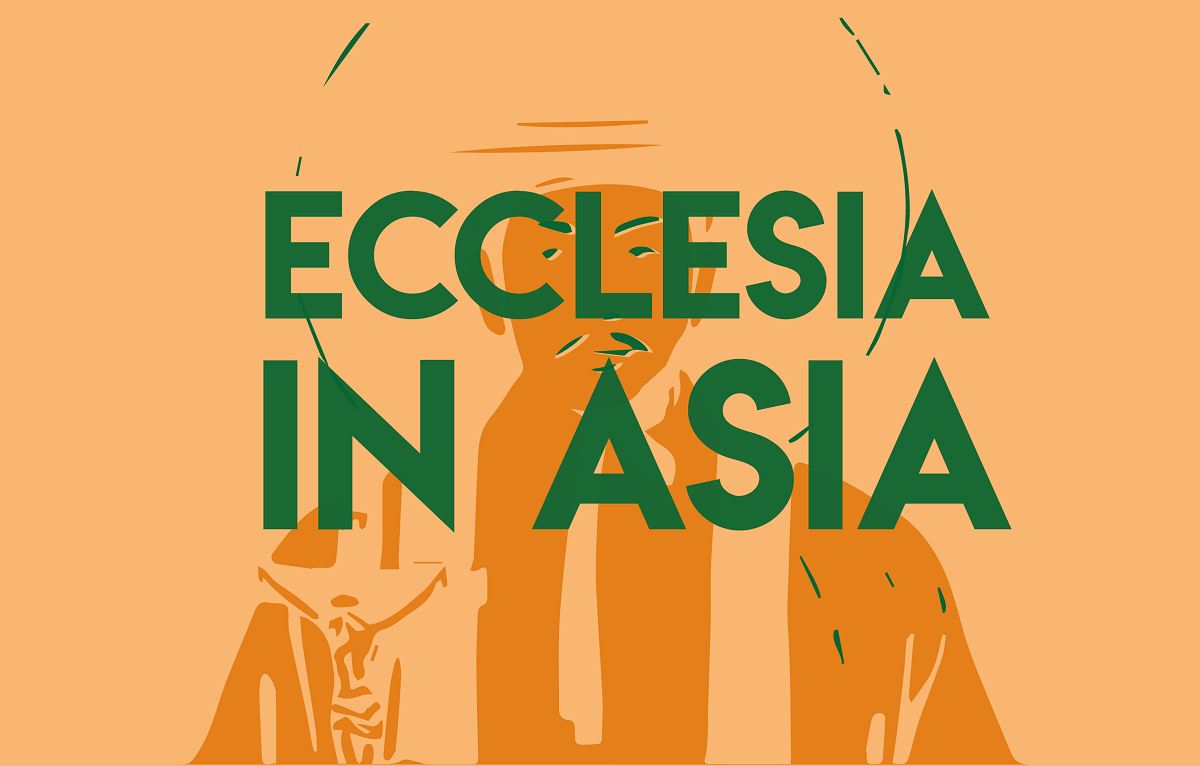

.png)
